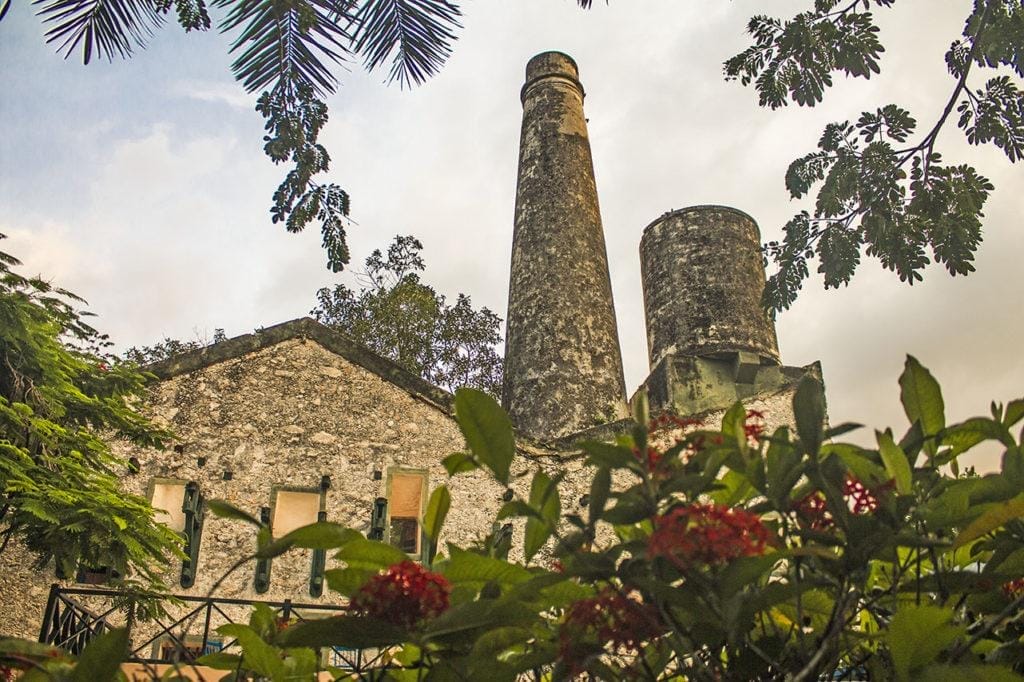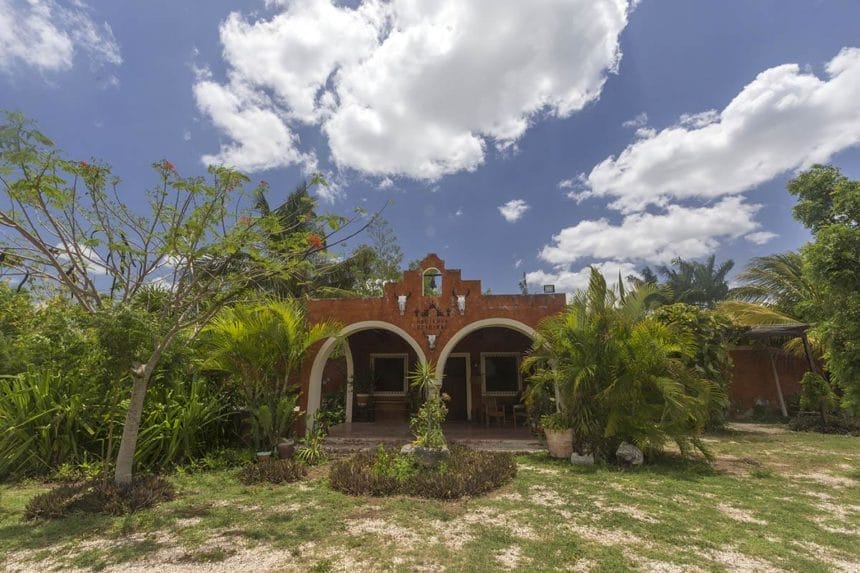From Wealth to Ruins to Luxury Stays: The Forgotten History of Yucatán’s Haciendas
The Yucatán is full of crumbling stone mansions and elegant colonial estates known as haciendas. Today, some of them are luxury hotels, museums, or Instagram-worthy ruins, but their original purpose tells a much deeper and more complicated story.
These grand estates were once the heart of Yucatán’s economy and a cornerstone of colonial life. Behind the arches and courtyards lies a history of wealth, power, and exploitation that shaped the region for centuries.

Disclaimer: This page may contain affiliate links. If you make a purchase using one of those links, I may earn a commission at zero cost for you. Please see my disclaimer policy my privacy policy.
A Colonial Beginning
Yucatán’s haciendas started to appear in the 17th century after the Spanish conquest. Wealthy Spanish families were granted vast tracts of land by the Crown and quickly converted them into productive estates. At first, many were cattle ranches or farms growing corn and other local crops. But the real boom came later, when they discovered the money-making magic of henequén.
The Green Gold Rush
Henequén, a type of agave, became the backbone of the hacienda system. Its tough, fibrous leaves were perfect for making rope and twine—something the world needed in bulk, especially during the rise of maritime trade and farming. The demand skyrocketed in the 19th century, and Yucatán became rich almost overnight. Haciendas transformed into self-contained cities with everything from processing factories to chapels and rail systems.
Owners of these estates—many of them part of the so-called “Divine Caste”—built opulent homes with European architecture, lush gardens, and lavish interiors. The contrast between the luxury of the owners and the conditions of the workers couldn’t have been more extreme.

Life on the Haciendas
Each hacienda operated like a mini kingdom. The owner was the absolute authority, and the workers, mostly indigenous Maya, were bound to the land in a system that looked a lot like indentured servitude. They lived in small houses near the fields, worked long hours, and were often paid in tokens only usable at the hacienda’s store.
The estates included everything needed to function independently: schools, churches, workshops, and even jails. While religious festivals brought moments of joy and cultural expression, daily life for most was hard and controlled.
The Human Cost
For Maya communities, the rise of the haciendas meant losing land, autonomy, and often their way of life. Generations of families were trapped in cycles of debt and forced labor. Resistance simmered for years and eventually boiled over during the Caste War—an indigenous rebellion that shook the region in the 19th century.
While the haciendas generated wealth, they also fueled deep social inequalities. Many of the workers weren’t there by choice. Some were brought in from other regions or countries, and many faced brutal treatment. The cost of “green gold” was paid in human suffering.
Decline and Ruin
The glory days of the haciendas didn’t last forever. As synthetic fibers entered the market and global demand for henequén dropped, the industry collapsed. The Mexican Revolution and agrarian reforms further dismantled the system. Land was redistributed, forced labor was outlawed, and many haciendas were abandoned.
What was once a thriving network of estates fell into silence. Some were overtaken by the jungle, others left to decay under the sun. The towering chimneys, rusty railways, and empty mansions became relics of a powerful but painful era.

A Complicated Legacy
Today, many of Yucatán’s haciendas have been restored as boutique hotels or cultural sites. Some showcase their history through guided tours, while others lean into luxury experiences. But no matter how beautiful they look now, the full story of these places includes both splendor and suffering.
Visiting a hacienda today is more than a photo op. It’s a chance to understand the region’s past—the collision of cultures, the rise of an economy built on agave, and the generations of Maya people whose lives were shaped by these estates.
The real story behind Yucatán’s haciendas is one of contradiction: beauty and hardship, wealth and injustice, progress and resistance. Knowing that the story adds real meaning to the arches, gardens, and faded paint still standing in the heat of the Yucatán sun.
Some haciendas have been totally destroyed, others are now functioning as restaurants or have been turned into beautiful hotels.
